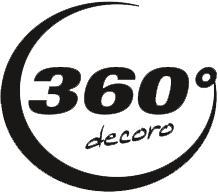Rebranding in interior design gives you the opportunity to transform outdated spaces into powerful new environments through creative redesign and innovative digital surfaces. This article shows how, with careful planning, imaginative approaches, and efficient execution, you can not only revolutionize the aesthetics of your spaces but also transform how your brand is perceived. Discover effective strategies for remodeling and renovation to implement your projects successfully while considering the needs of your target audience.
Are you ready to unlock the full potential of your spaces? Rebranding in interior design is the key to giving old rooms a bold new look while simultaneously transforming your brand’s image and perception. In this article, you’ll learn how innovative digital surfaces and creative strategies can help you not only reimagine aesthetics but also boost your company’s competitiveness. Let’s dive into the fascinating world of rebranding and explore how you can elevate your projects to the next level with fresh ideas and practical tips.
Rebranding in Interior Design:
A New Look for Old Spaces
Rebranding is more than just a new name; it’s an opportunity to reshape the identity and perception of a space. For architects and interior designers, redesigning spaces is a core part of their work—going far beyond mere aesthetics. It’s about evoking emotion, establishing identity, and crafting an atmosphere that meets the users’ needs. Understanding the psychological aspects of space transformation is key. Spaces have the power to influence mood, guide behavior, and even enhance productivity. A thoughtfully executed rebranding project can make people feel more connected and comfortable in a space.
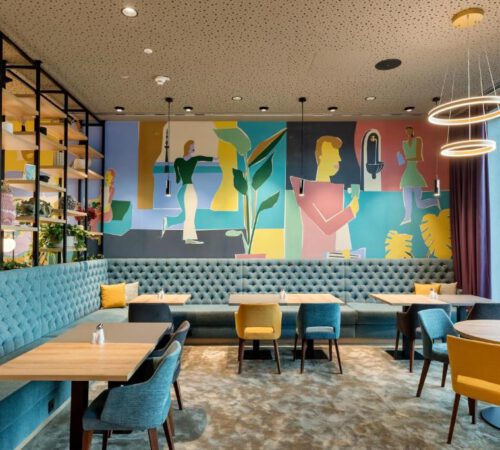
The Importance of Rebranding
The importance of rebranding in interior design cannot be overstated. A space is often redesigned with the goal of conveying a specific message or feeling—especially relevant in sectors like hospitality or office design, where first impressions are critical. A newly reimagined space can dramatically shift a company’s image by reflecting modern values and resonating with its target audience. It’s essential that the design is not only visually appealing but also functional and user-focused.
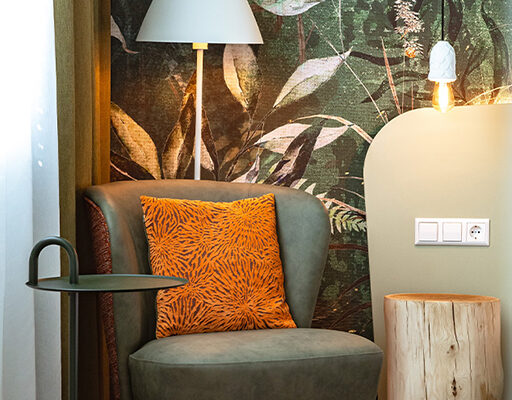
The Role of Digital Surfaces
Digital surfaces offer an innovative and cost-effective way to transform spaces rapidly. Advances in digital printing technology allow interior designers to create customized designs that adapt seamlessly to different styles and requirements. From printed wallpapers to custom-designed furniture finishes, these technologies open up new design possibilities. Digital surfaces help designers bring their visions to life quickly—without compromising on aesthetics or functionality. This is especially advantageous for projects with tight budgets or timelines.
Benefits of a Rapid Brand Refresh
A swift brand refresh allows companies to quickly adapt to market trends. In the ever-evolving world of interior design, staying current and responding promptly to client needs is essential. Businesses that regularly refresh their spaces not only demonstrate innovation but also gain a competitive edge. A fast renovation can inject new energy and reignite interest in a space or brand. The key is to approach it strategically, bringing both creativity and pragmatism to the process. By exploring these aspects of rebranding in interior design, you can revolutionize your projects’ aesthetics and their overall perception.
Remodeling and Renovation: Strategies for Effective Change
Remodeling and renovation demand careful planning and creativity. As an architect or interior designer, you need to keep both aesthetics and functionality in mind. This section explores strategies for executing remodeling and renovation projects effectively, focusing on key steps that ensure your rebranding efforts are both visually appealing and functional.

Planning: The Key to Success
Planning is the first—and possibly most important—step in any remodeling or renovation project. It forms the foundation for all subsequent decisions. A thoughtful plan considers design, budget, timeline, and target audience.
A key part of planning is assessing the existing space. Take time to evaluate its current state and decide which elements to keep or overhaul. This analysis gives clarity on the possibilities and challenges the renovation entails. Remember that a comprehensive plan should address design as well as practical considerations like material choices and technical requirements.
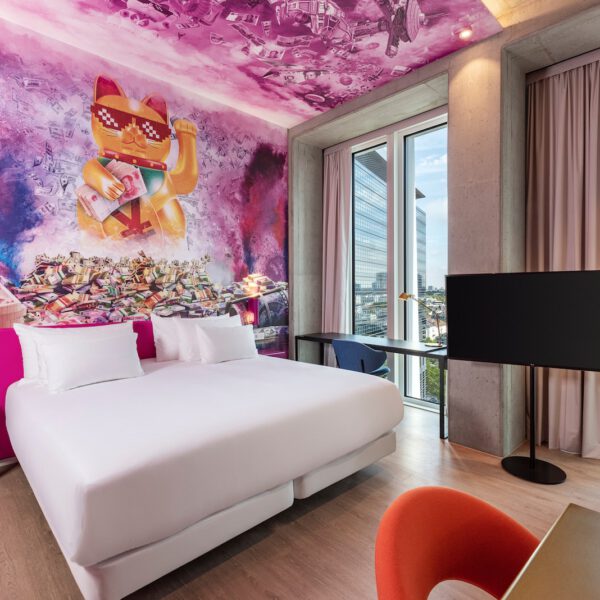
Creative Redesign Approaches
Once planning is in place, it’s time to explore creative redesign strategies. Consider various design techniques and concepts to transform the space.
Color and texture can play a powerful role. Colors have psychological impact—warm tones create coziness, while cool tones evoke calm and professionalism. Combine textures to add depth and interest. Digital surfaces offer great flexibility here, enabling the integration of personalized designs that seamlessly align with your concept.
Lighting is another powerful tool. The right lighting can dramatically change a space, highlighting interesting areas or creating intimate corners. Experiment with natural light, decorative fixtures, or functional LED systems to craft the perfect ambiance.
Efficient Execution: From Idea to Reality
Bringing your ideas to life requires precise coordination among all parties. Work closely with contractors, electricians, and other trades to ensure smooth implementation. Clear communication is essential—everyone should understand their role. Monitor progress regularly so you can address issues and make adjustments early on. Keep all stakeholders informed and aligned.
Modern digital tools are invaluable in this phase. Use project-management software to track progress, and visual tools like 3D modeling to show clients realistic previews before construction starts.
Budgeting: Keeping Economics in Focus
Budgeting plays a key role in every remodeling or renovation project. A transparent budget helps avoid unnecessary costs and keeps expenses manageable. Start with a detailed breakdown of costs—materials, labor, and an obvious buffer for unexpected expenses. Surprises often arise—hidden damage or shifting client needs. A well-thought-out budget gives you flexibility to handle these.
Look for cost-saving opportunities that don’t compromise quality. Digital surfaces are often more affordable than traditional materials, offering excellent design versatility at lower cost.
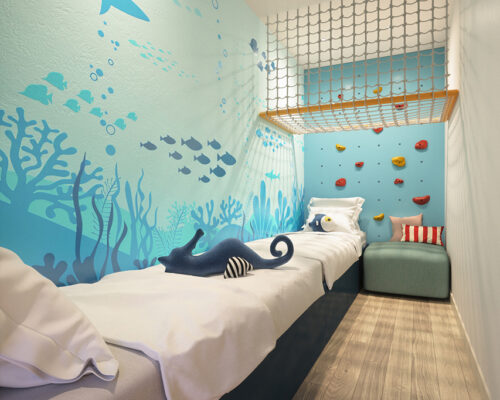
Sustainability in Renovation
Sustainability is a growing priority in remodeling projects. Companies increasingly aim to use ecofriendly materials and energy-efficient solutions. This strengthens corporate image and saves costs over time. Consider integrating sustainable practices—from recycled and responsibly sourced materials to energy-efficient lighting. By weaving sustainability into your renovation strategy, you contribute positively to the environment and position your company as forward-thinking.

The Creative Process: From Idea to Implementation
Interior design’s creative process often begins with inspiration from nature, art, architecture, or personal experiences. As a designer, capturing this spark and translating it into a clear plan is vital for successful rebranding. The trick is balancing creative flow with structure.
Idea Generation & Inspiration
The first phase is ideation. Explore concepts through brainstorming, moodboards, or digital inspiration boards. Consider what emotions and messages you want the space to convey—from modern minimalism to historical opulence. Ensure that ideas are not only visually striking but also functional.
Concept Development
Once you have a vision, move into concept development. Flesh out creative approaches and draft a design. Consider elements like color schemes, materials, and furniture. Digital surfaces play a crucial role—they allow quick visualization and adaptation of ideas using modern software and 3D models to show clients your vision.
Also consider your target audience: who will use the space? Understanding their needs ensures your design is both appealing and practical.
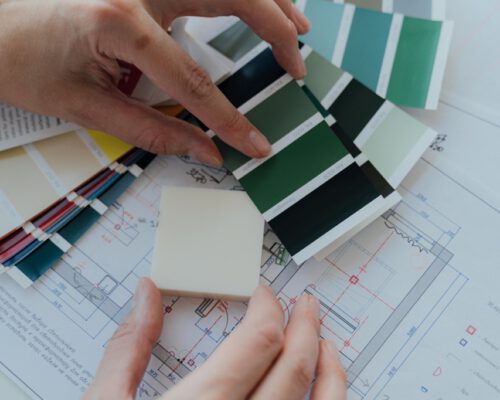
Prototyping & Visualization
After concept development, prototype and visualize your ideas. Digital tools help you test variations and fine-tune design harmony. Digital surfaces enable you to experiment with styles and textures quickly. Well-presented visual concepts build client trust and clarity, easing decision-making.
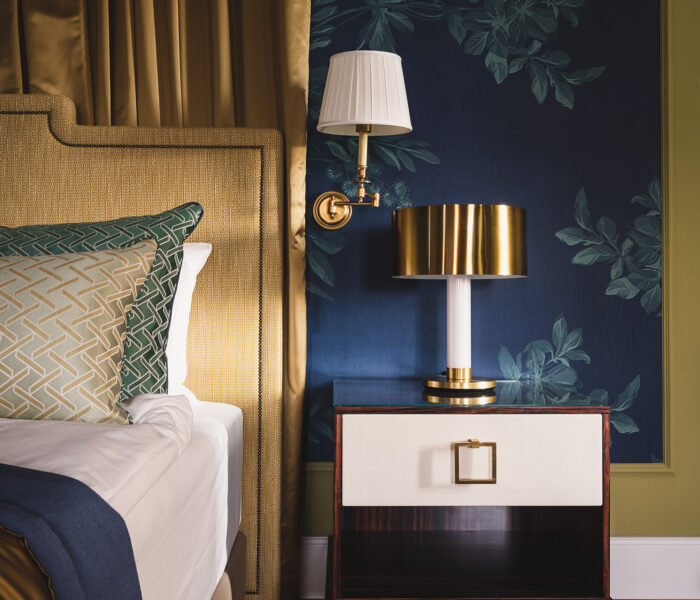
Implementation
The final phase is bringing ideas into reality. Collaborate closely with craftsmen and professionals. Clear communication and regular check-ins are key. Be prepared to adapt to unexpected challenges.
Ensure all materials are sustainable and meet current standards. This not only enhances your company’s image but also contributes to long-term success.
By guiding this creative journey—from ideation to implementation—you ensure your rebranding delivers both striking visuals and functional excellence. The next challenge is examining case studies to extract actionable insights.
Case Studies: Successful Examples of Rebranding in Interior Design
Real-world case studies provide valuable insight into effective rebranding. By analyzing concrete examples, we can identify strategies that led to success—and draw inspiration for our own projects.
Case Study 1: Hotel Redesign – From Old to New
A standout example is a heritage hotel in a major city. The goal was to shed an outdated image and create a modern, inviting atmosphere for younger guests. Using digitally printed wallpapers and innovative lighting, designers transformed the lobby and common areas into a stylish reception space. Starting with a thorough analysis of the space and guest expectations, they implemented fresh color palettes and modern furniture to evoke elegance and ease. Digital surfaces enabled rapid, affordable customization. The result? A visually stunning hotel with a measurable increase in bookings thanks to its refreshed brand appeal.
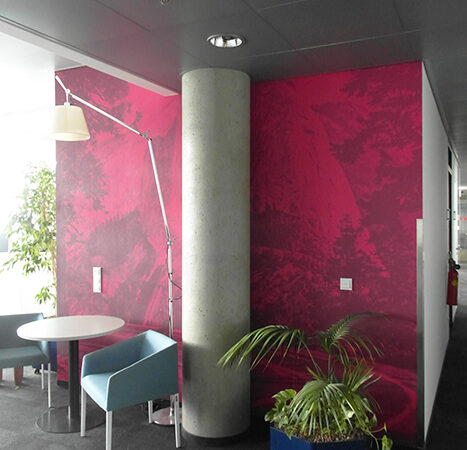
Case Study 2: Office Design – Flexibility and Creativity
A tech company refreshed its office space to foster creativity and collaboration. Challenges included balancing function and inspiration. Modular furniture and flexible work zones were introduced. Digital surfaces played a central role, with walls and partitions featuring inspiring graphics and interactive elements. These changes boosted team creativity and communication. Employee feedback was enthusiastic, resulting in increased productivity and a stronger company image.
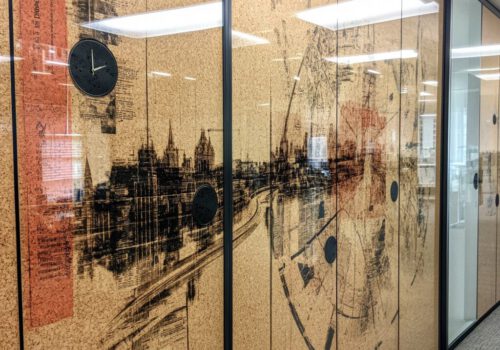
Case Study 3: Retail Space – Customer Engagement through Atmosphere
A retailer struggling to stand out underwent a full-store rebrand. Digital surfaces were used to visually highlight seasonal campaigns and special offers. Vivid colors and engaging displays created a welcoming atmosphere that encouraged customers to linger. Interactive elements educated shoppers about products, enriching the experience. The result: increased sales and stronger emotional brand connection.
Case Study 4: Hospitality – Redefining Culinary Experiences
In the restaurant industry, rebranding is key to success. One restaurant reinvented its interior to attract a new audience. Warm tones and natural materials created a cozy ambiance. Digital surfaces were used to display dynamic menus and seasonal highlights. These changes made guests feel welcome and positioned the restaurant as a modern culinary destination. The strategic refresh transformed the venue into a gourmet hotspot.
Challenges in Rebranding: Solutions and Tips
Every rebranding project comes with its own challenges—budget constraints, tight schedules, or unexpected complications. To succeed, it’s essential to identify these issues early and devise strategic solutions to keep the project on track. A major challenge is budget. Projects often exceed initial estimates, leading to frustration. To avoid this, create a detailed cost breakdown—materials, labor, contingency funds. Compare suppliers and find cost-effective options without sacrificing quality. Digital surfaces help here, offering visual flexibility at lower cost. Time management is another critical issue. Renovations often have tight deadlines. Set realistic timelines, including buffer periods for delays. Maintain regular communication with all stakeholders—contractors, suppliers—to ensure everyone is aligned and the project runs smoothly. Structural surprises in older buildings can pose challenges—hidden damage or limitations not caught in planning. Flexibility is key: be ready to adapt your design and find alternative solutions. Collaborating closely with architects and contractors helps manage these issues efficiently. Understanding your target audience is also vital. Conduct surveys or interviews to gather feedback. This helps tailor the design to user expectations and ensure both form and function are addressed.
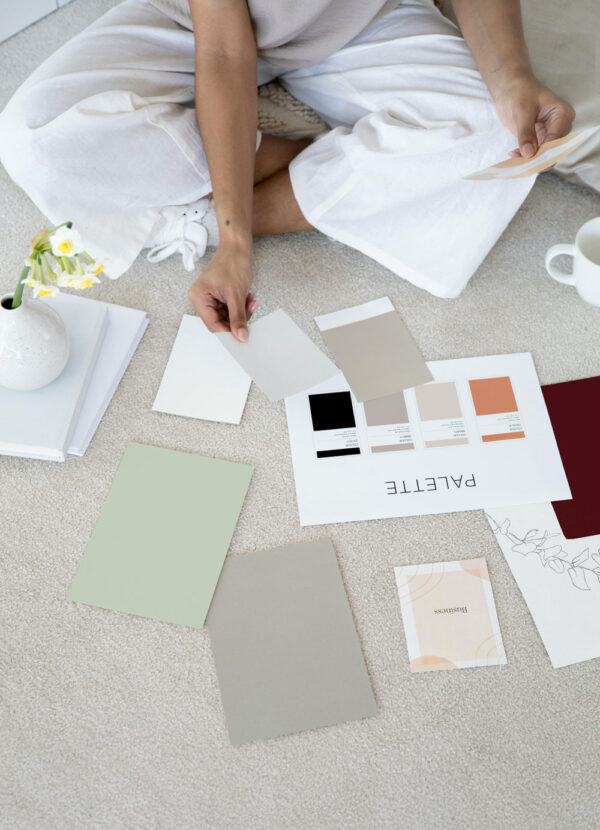
Conclusion: The Future of Interior Design through Rebranding
Transforming spaces through rebranding is more than a trend—it’s a necessity in the dynamic world of interior design. The ability to refresh old spaces with innovative ideas and cutting-edge technologies will be vital to meeting ever-changing user expectations. In a world where visual impact and emotional connection are paramount, architects and designers must recognize the power of rebranding. Digital surfaces offer an affordable and creative means to implement tailored designs quickly, without losing functionality. With proper planning, creative strategies, and a proactive approach to challenges—be it budget, time, or sustainability—you can revolutionize your projects both visually and perceptually. Case studies show how well-executed renovations strengthen a room’s identity and a company’s image. If you’re ready to take the next step and redefine your spaces, I invite you to learn more about rebranding possibilities, including this inspiring article on hotel rebranding. Let’s shape the future of interior design together—and transform old spaces into powerful new environments!
